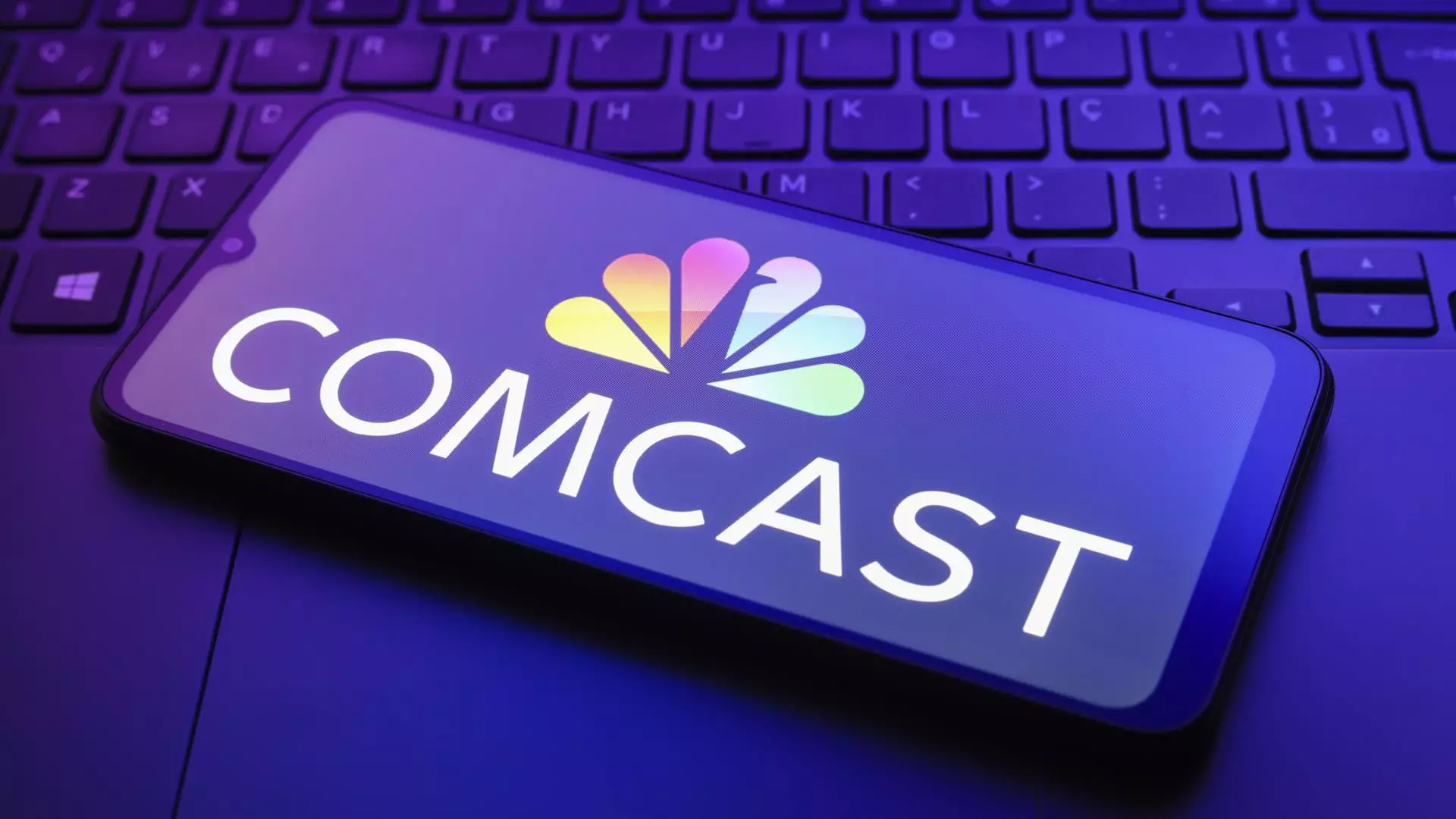The advertising landscape has always been dynamic, but recent shifts indicate a transformative moment for traditional media companies. Comcast’s newly announced Universal Ads platform aims to streamline the advertising process for small to medium-sized businesses (SMBs) and entice them back from the increasingly dominant realm of social media. The impending launch, positioned against the backdrop of the CES tech conference in Las Vegas, signals a potentially significant pivot for the traditional TV and streaming ad market.
Universal Ads is designed to simplify the ad buying process, although complexities have long plagued traditional media compared to digital platforms. By establishing a self-service platform, Comcast is leveraging its ad tech subsidiary, FreeWheel, to foster new relationships with advertisers who have traditionally shied away from the traditional media space. Mark Marshall, chairman of global advertising and partnerships for NBCUniversal, emphasized the platform’s goal to attract advertisers who have not engaged with traditional media previously.
The announcement mentions partnerships with various media companies, including the likes of Fox Corp., Warner Bros. Discovery, and others. This collaborative approach not only diversifies the platform’s access to premium video content but also enhances its appeal to advertisers seeking broader opportunities beyond the digital sphere dominated by tech giants such as Meta and YouTube.
One of Universal Ads’ standout features is its commitment to facilitating a user-friendly experience for advertisers. James Rooke, president of Comcast Advertising, articulated the need for an engaging ad purchasing experience, akin to that seen on social media platforms. As many advertisers reportedly began their journeys on social media, there has been a discernible desire to diversify their advertising channels. Rooke noted the discrepancy in convenience; tech giants present a far more straightforward ad purchasing experience, making it difficult for traditional media to compete.
Universal Ads seeks to bridge this gap, lessening the complications that often deter SMBs from investing in traditional media. Implementing free automated AI tools to aid in ad creation stands as a testament to Comcast’s effort to ease these pain points, especially for smaller businesses with limited resources.
Despite its ambitious goals, Universal Ads enters a rugged advertising landscape defined by rapid evolution, notably accelerated by changes in consumer behavior. The appeal of streaming services—surpassing conventional TV—coupled with the soaring engagement on platforms such as TikTok, underscores the challenges that traditional media faces. Even as streaming services ramp up their advertising efforts to ensure profitability, their gains remain modest compared to the robust revenues churned by digital advertisers.
Interestingly, Marshall’s insight into the scale achieved by social media platforms sheds light on the upheaval traditional media must navigate. With platforms like Meta boasting 10 million advertisers, in stark contrast to NBCUniversal’s thousands, the urgency for Universal Ads to attract a burgeoning portfolio of advertisers is palpable.
According to forecasts from GroupM, future growth rates projected for traditional media, including TV, appear relatively stagnant, predicting less than 2% growth by 2025. In contrast, pure-play digital advertising—beyond the constraints of traditional media—could see an impressive 10% rise during the same period. With social media ad expenditures ballooning to an anticipated $102.66 billion by 2025, traditional media’s struggle to innovate is evident.
Yet, the commitment to premium content—a stronghold for traditional media—remains potent. While the younger generations are gravitating toward social media platforms, major events such as live sports still witness high ad spend due to their wide-ranging demographic appeal. The disparity between digital and non-digital ad investments highlights the necessity for a cohesive strategy that can meld the strengths of both forms of media.
Universal Ads’ success hinges on its ability to unite various media outlets under a common goal: to capture and retain the SMB sector. Executives from NBCUniversal and Warner Bros. Discovery, among others, have lauded the platform’s potential to provide flexible solutions for advertisers seeking new avenues to connect with audiences.
Improving accessibility for SMBs reflects the growing demand for effective and efficient ad solutions, which will likely play a critical role in securing their trust and investment in traditional media. As traditional and streaming media converge, the ability to address advertisers’ evolving needs through a singular, unified platform could redefine the industry’s futurescape.
In a time when the ad industry strives for stabilizing growth, Universal Ads presents a compelling opportunity for Comcast to carve out a niche by focusing on partnership-driven strategies that empower not just advertisers, but the entire media ecosystem. The quest to reposition traditional media as a savvy alternative to the social media titans is undoubtedly an ambitious challenge—but with calculated execution, Comcast could indeed shift the advertising paradigm for years to come.

